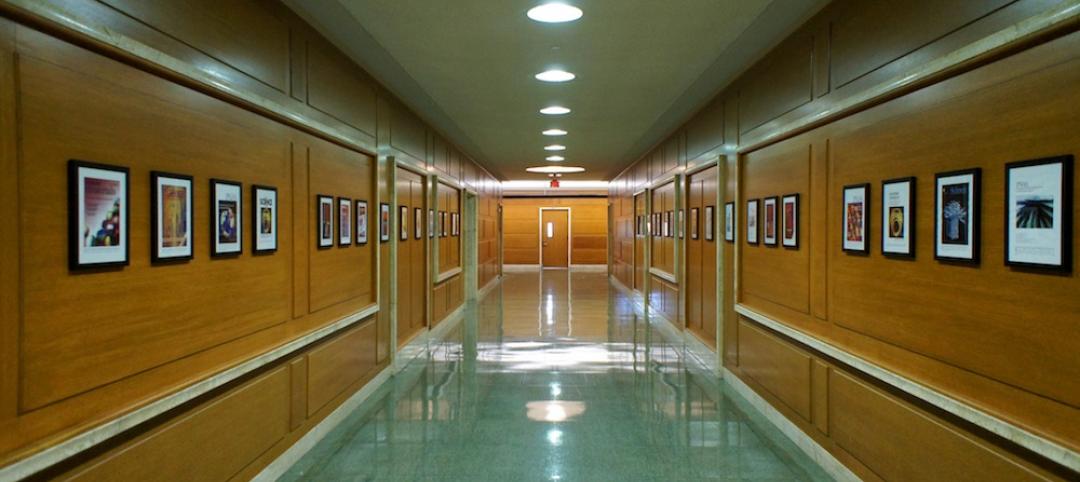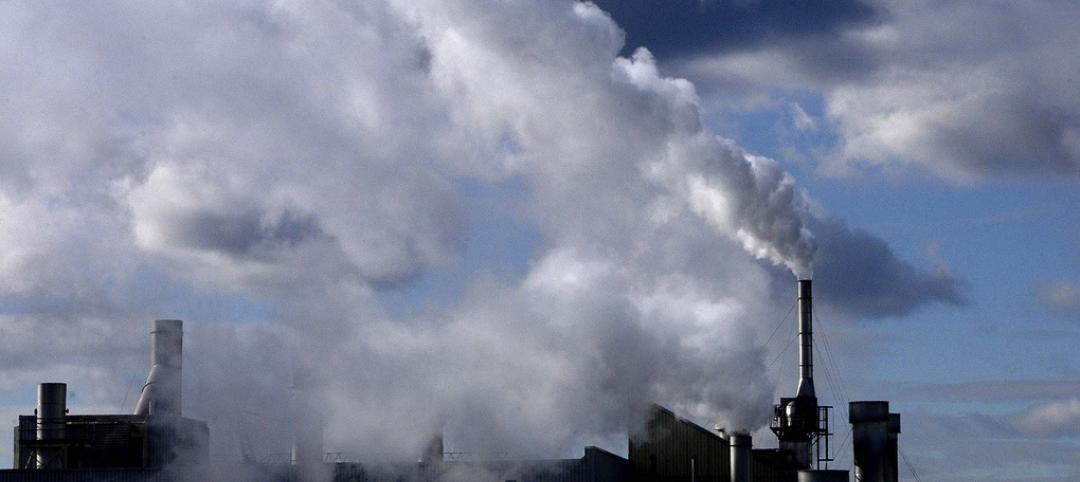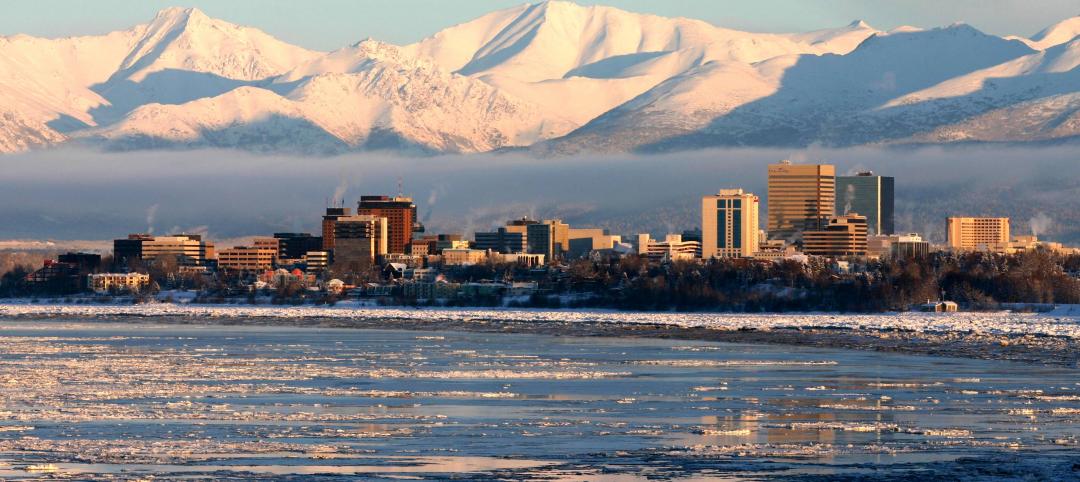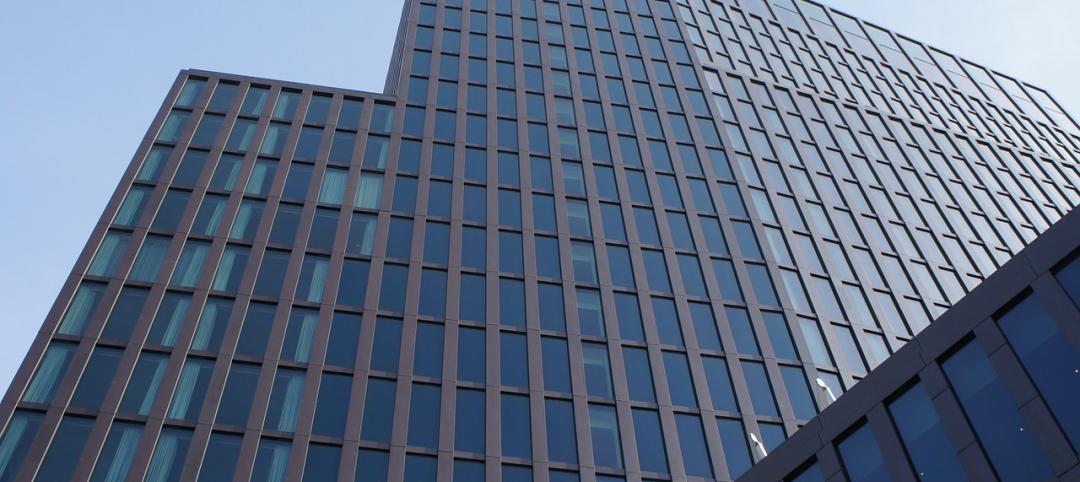Although LEED and ASHRAE 90.1 (Energy Standard for Buildings Except Low-Rise Residential Buildings) standards require or reward use of white “cool” roofing to mitigate urban heat island effects, it is not always the best choice of material.
Cool roofs can cast heat where it is not wanted. “Architects and roof consultants need to be aware of potentially adverse thermal effects when choosing roof membranes, particularly where roof surfaces are adjacent to walls that can be affected by bounced sunlight,” says Elizabeth Grant, associate professor in the School of Architecture + Design at Virginia Tech.
Choosing the best material for a commercial roof is a nuanced decision requiring a careful examination of the application. “Roof selection is an architectural issue,” Grant said. “It’s not as simple as slapping a white roof on everything to gain a LEED point.”
The study compared the thermal impact of white and black roofs. The black roof heated the air within 5 ½ inches, but there was no difference in air temperature impact for black or white roofing above that zone. Researchers also found that electrical metallic tubing and glazed and precast concrete wall panels near white TPO roofing were 3 to 9 degrees Fahrenheit warmer than those near black EPDM roofing.
Related Stories
Codes and Standards | Dec 23, 2015
International Code Council approves updates based on NIST study of Joplin, Mo. tornado
Applies to schools and other high occupancy buildings.
Codes and Standards | Dec 21, 2015
Changing building codes to protect against mass shootings at odds with other safety measures
Fire and other emergencies require getting people out quickly, not locking down sections.
Codes and Standards | Dec 18, 2015
Codes should be updated to reflect lessons learned from recent extreme weather events
More can be done to boost resiliency to flooding, extended power outages.
Codes and Standards | Dec 13, 2015
Los Angeles launches ‘Drop 100′ campaign to reduce water use in commercial buildings
Goal is to save 100 million gallons annually.
Codes and Standards | Dec 1, 2015
More than 50 design, construction, and real estate firms urge action on climate change
Call for policymakers to move on one of the ‘greatest economic opportunities of the 21st Century’
Codes and Standards | Oct 26, 2015
Chicago suburb considers bird collision deterrent requirement on all new buildings
The rule would mandate that new commercial, multifamily structures comply with LEED pilot program.
Codes and Standards | Oct 16, 2015
Anchorage may raise building height restrictions that would block precious winter sunlight
Controversial measure is part of plan to spur development.
Codes and Standards | Oct 16, 2015
Appellate court enacts nationwide stay on controversial expansion of Clean Water Act
New EPA rule suspended until court cases settled.
Codes and Standards | Oct 9, 2015
New California law means commercial building benchmarking program will be implemented
Multifamily housing to be included, a first for a U.S. state.
Codes and Standards | Oct 2, 2015
New ASHRAE guideline for commissioning existing systems and assemblies
Focuses on optimum facility and system operation.
















